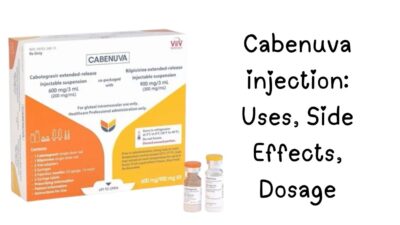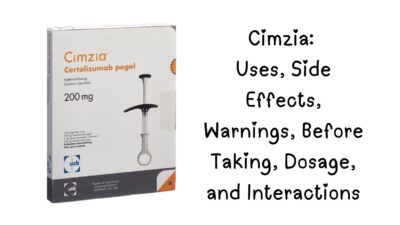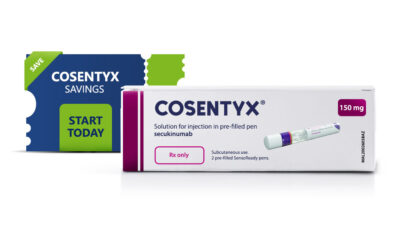What is Buprenorphine?
Buprenorphine is a semi-synthetic opioid used for:
✔ Pain management (moderate to severe)
✔ Opioid Use Disorder (OUD) treatment (MAT – Medication Assisted Treatment)
DEA Classification: Schedule III controlled substance
Table of Contents
How Buprenorphine Works
1. Binding to Opioid Receptors
- Partial agonist at mu-opioid receptors
- Activates receptors at 30-50% strength vs. heroin/oxycodone
- Blocks other opioids (competitive antagonism)
2. Ceiling Effect (Safety Feature)
- Effects plateau at higher doses
- Limits respiratory depression risk
- Reduces overdose potential
3. Long Duration of Action
- Sublingual: 24-72 hours
- Patch: 7-day continuous release
- Injection (Sublocade): 1-month coverage
4. Withdrawal Management
- Prevents severe withdrawal
- Reduces cravings
- Blocks effects of other opioids
Buprenorphine Formulations & Uses
| Formulation | Brand Names | Primary Use | Dosing Frequency |
|---|---|---|---|
| Sublingual tablet | Subutex | OUD treatment | Daily |
| Sublingual film | Suboxone (with naloxone) | OUD treatment | Daily |
| Transdermal patch | Butrans | Chronic pain | Weekly |
| Injection | Buprenex, Sublocade | Pain/OUD | Monthly (Sublocade) |
| Oral tablet | Belbuca | Pain | Every 12 hours |
Buprenorphine Dosage Guide
For Opioid Use Disorder
- Induction: 2-4mg initial dose
- Maintenance: 4-24mg daily
- Max dose: 32mg/day
For Pain Management
- Patch (Butrans): 5-20mcg/hr weekly
- Buccal film (Belbuca): 75-900mcg every 12hr
Never crush or inject – can cause dangerous overdose
Buprenorphine vs Oxycodone
| Factor | Buprenorphine | Oxycodone |
|---|---|---|
| Strength | Partial agonist | Full agonist |
| Overdose risk | Lower ceiling effect | High risk |
| Addiction potential | Lower | Higher |
| DEA Schedule | III | II |
| Withdrawal severity | Milder | More severe |
Buprenorphine Warnings
MISUSE OF OPIOID MEDICINE CAN CAUSE ADDICTION, OVERDOSE, OR DEATH. Keep buprenorphine in a place where others cannot get to it.
Patient Access to Naloxone for the Emergency Treatment of Opioid Overdose. Patients should have access to naloxone to treat opioid overdose based on the patient’s risk factors for overdose, such as currently using a CNS depressant, a history of an opioid use disorder, or previous opioid overdose. Having naloxone available is important if the patient has household members (including children) or other close contacts at risk for accidental exposure or overdose.
Buprenorphine Side Effects
Common (≥10%):
- Constipation
- Nausea
- Headache
- Sweating
Serious (Seek help):
- Respiratory depression
- Adrenal insufficiency
- QT prolongation
- Allergic reactions
Buprenorphine for Cats & Dogs
✔ Used for post-op pain in pets
✔ Typical dose: 0.01-0.03mg/kg every 8-12hr
✔ Never give human formulations without vet guidance
Buprenorphine Cost
| Formulation | Brand Name | Generic | Monthly Cost |
|---|---|---|---|
| Sublingual tablet | Subutex | Yes | $50-$150 |
| Suboxone film | – | Yes | $100-$250 |
| Butrans patch | – | Yes | $200-$400 |
| Sublocade injection | – | No | $1,500-$2,000 |
FAQ About on Buprenorphine
1. Is buprenorphine a narcotic?
Answer: Yes – it’s a Schedule III opioid narcotic, but with lower abuse potential than oxycodone or heroin.
2. Can buprenorphine get you high?
Answer: At proper doses, euphoria is minimal due to its partial agonist properties. Higher doses plateau.
3. How long does buprenorphine stay in your system?
Answer: Detectable for:
- Urine: 3-7 days
- Blood: 24 hours
- Hair: Up to 90 days
4. Is buprenorphine safe in pregnancy?
Answer: Yes – preferred over methadone for OUD in pregnancy, but requires medical supervision.
5. Can you overdose on buprenorphine?
Answer: Possible when mixed with benzos or alcohol – causes respiratory depression. Naloxone may help.



